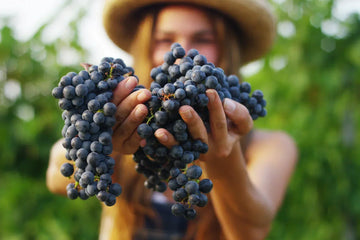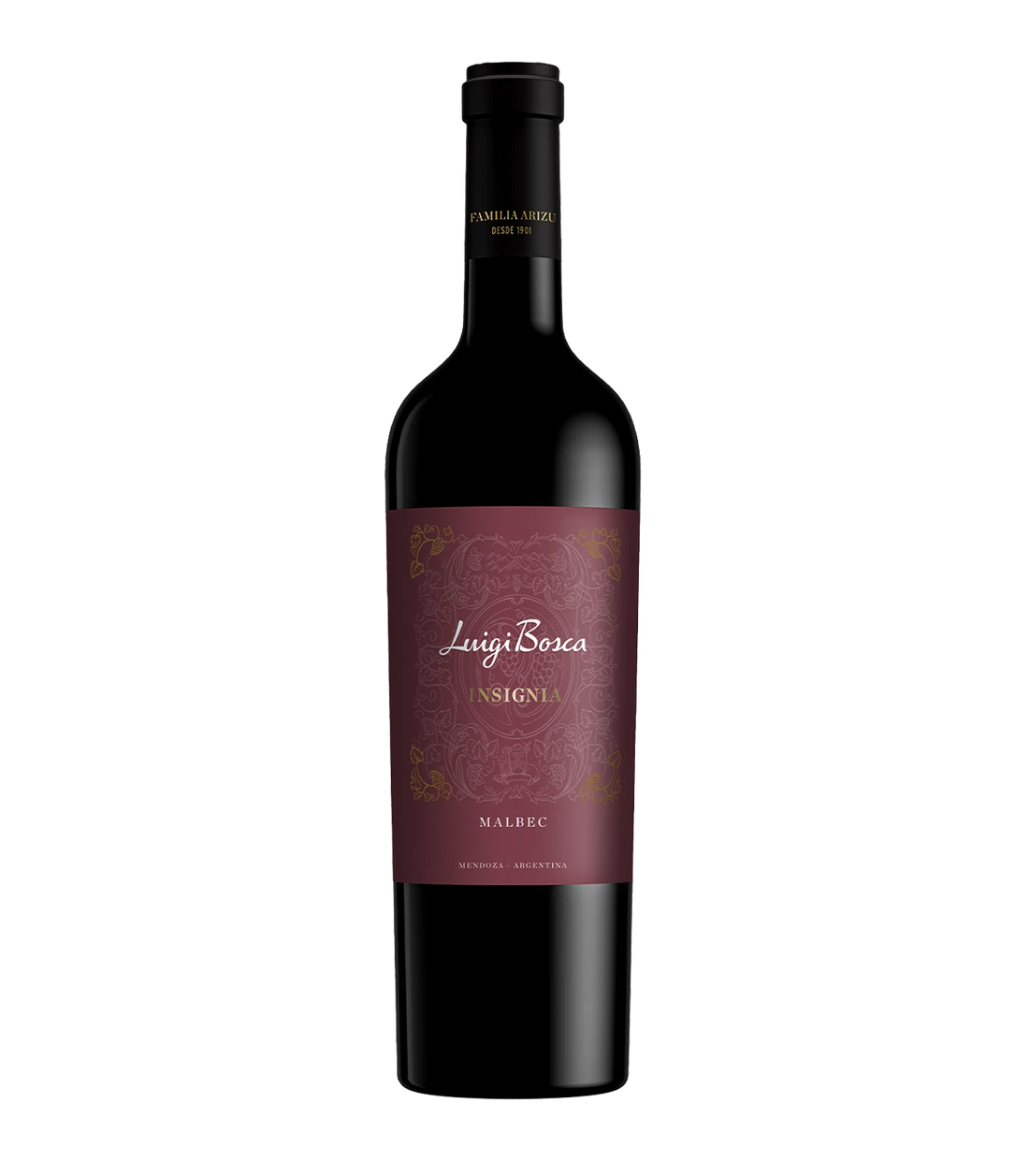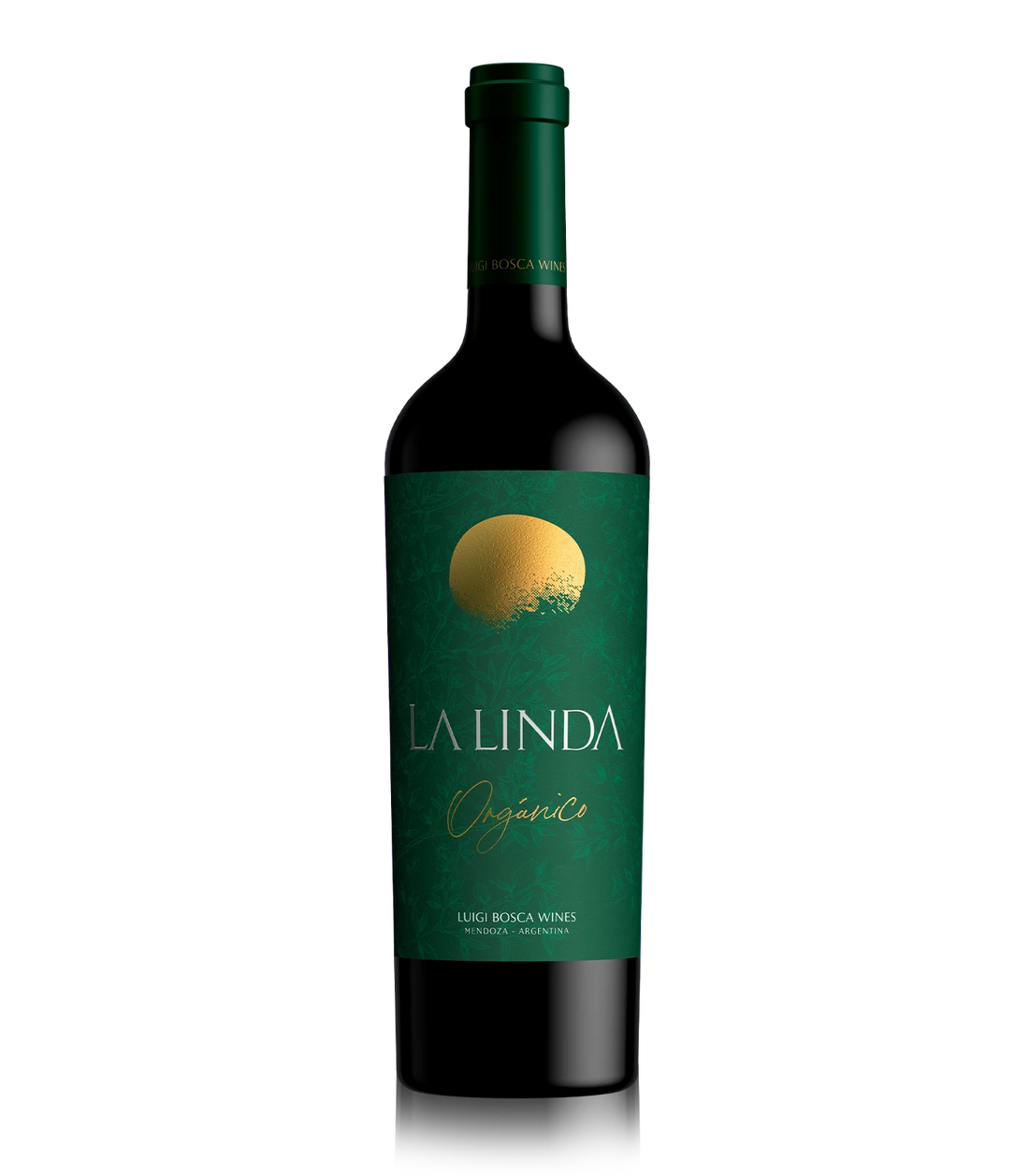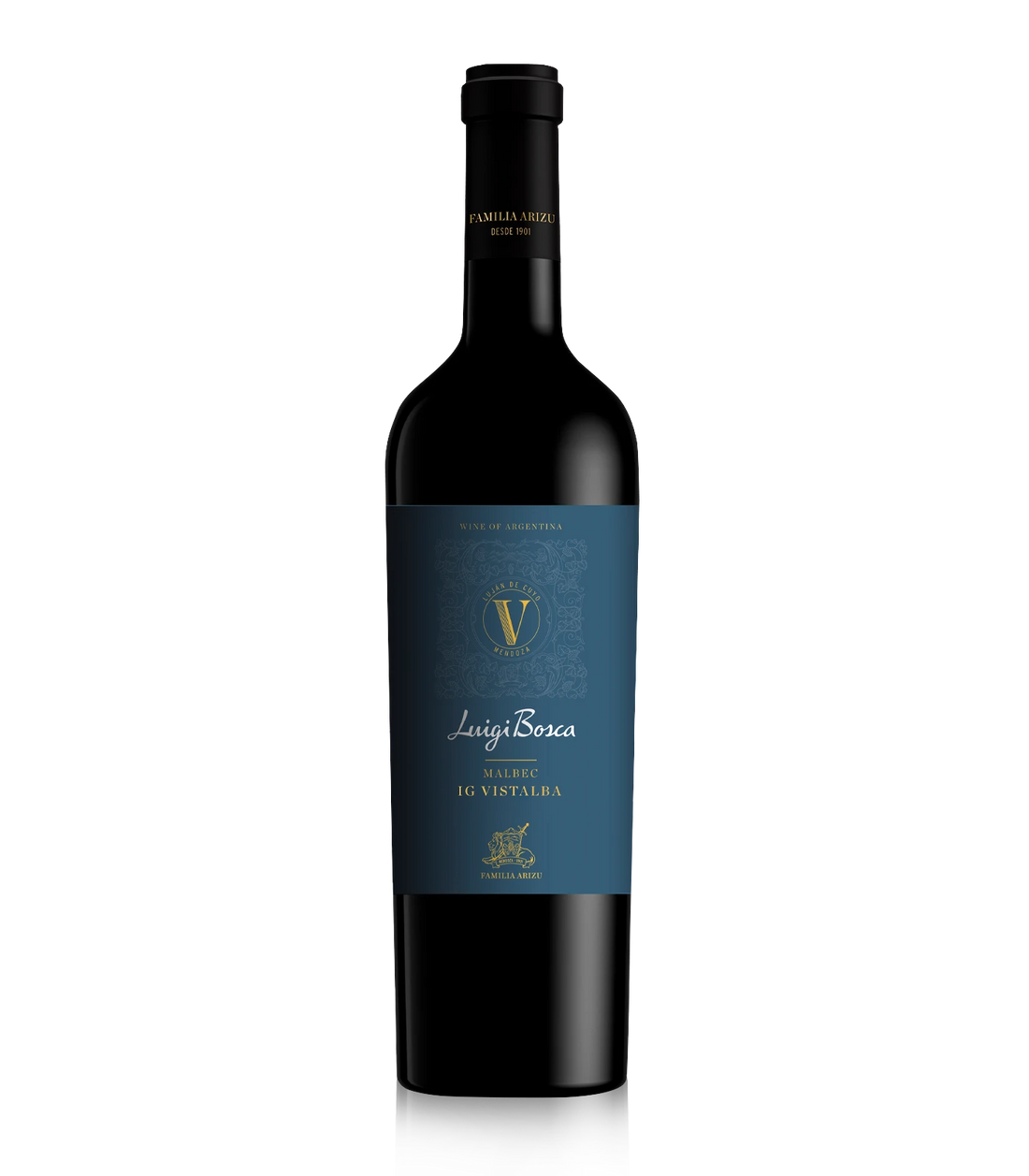Every great wine begins with a grape variety, each with its own character and style. From powerful reds to crisp whites, these classic grapes shape how wine looks, smells, and tastes. Understanding them helps you recognize the flavors you love and explore new ones with confidence. Whether you’re a curious beginner or refining your palate, discover the world’s most notable wine grapes, their origins, and what makes each unique in the glass.
Red Wine Grapes
Known as the king of red grapes, Cabernet Sauvignon produces structured, age-worthy wines that have conquered vineyards across the globe. Its thick skins and naturally high tannins give it strength and longevity, making it a favorite among collectors and winemakers alike.
Main Flavors
Primary (Grape-derived)
Secondary (Winemaking-derived)
Tertiary (Ageing-derived)
Food Pairing
Protein-Rich Foods
Savory Dishes
Umami-Driven Dishes
Beloved for its velvety texture and ripe fruit character, Merlot produces smooth, balanced wines that combine richness with grace. From Bordeaux to Napa, it remains one of the most approachable and food-friendly red grapes in the world.
Main Flavors
Primary (Grape-derived)
Secondary (Winemaking-derived)
Tertiary (Ageing-derived)
Food Pairing
Protein-Rich Foods
Savory Dishes
Umami-Driven Dishes
Renowned for its bold character and aromatic depth, Syrah produces full-bodied wines with notes of blackberry, black pepper, and spice. From the Rhône to Barossa, it combines power, complexity, and remarkable aging potential.
Main Flavors
Primary (Grape-derived)
Secondary (Winemaking-derived)
Tertiary (Ageing-derived)
Food Pairing
Protein-Rich Foods
Smoky Flavors
Aromatic/Spice-Driven Dishes
Umami-Driven Dishes
Spain’s flagship red grape, Tempranillo produces elegant, medium to full-bodied wines with red and black fruit, gentle spice, and earthy undertones. Known for balance and aging grace, it forms the backbone of Rioja and Ribera del Duero’s finest wines.
Main Flavors
Primary (Grape-derived)
Secondary (Winemaking-derived)
Tertiary (Ageing-derived)
Food Pairing
Protein-Rich Foods
Savory Dishes
Aromatic/Spice-Driven Dishes
Umami-Driven Dishes
Admired for its elegance and aromatic finesse, Pinot Noir produces light to medium-bodied wines with red fruit, floral, and earthy notes. From Burgundy to New Zealand, it delivers graceful balance, silky texture, and remarkable terroir expression.
Main Flavors
Primary (Grape-derived)
Secondary (Winemaking-derived)
Tertiary (Ageing-derived)
Food Pairing
Delicate Proteins Dishes
Earthy Dishes
Aromatic/Spice-Driven Dishes
Umami-Driven Dishes
Renowned for its deep color and velvety texture, Malbec produces full-bodied wines with dark fruit, violet, and cocoa notes. From Cahors to Mendoza, it combines richness and smooth tannins, making it one of the most expressive and food-friendly red grapes worldwide.
Main Flavors
Primary (Grape-derived)
Secondary (Winemaking-derived)
Tertiary (Ageing-derived)
Food Pairing
Protein-Rich Foods
Grilled Dishes
Aromatic/Spice-Driven Dishes
Umami-Driven Dishes
White Wine Grapes
The world’s most versatile white grape, Chardonnay produces wines ranging from crisp and mineral to rich and creamy. With flavors of apple, citrus, and tropical fruit balanced by notes of butter and vanilla, it expresses terroir like few others.
Main Flavors
Primary (Grape-derived)
Secondary (Winemaking-derived)
Tertiary (Ageing-derived)
Food Pairing
Seafood
Cream-Based Dishes
Aromatic/Spice-Driven Dishes
Umami-Driven Dishes
Vibrant and aromatic, Sauvignon Blanc produces crisp, refreshing wines with citrus, green fruit, and herbaceous notes. From Loire Valley purity to New Zealand intensity, it captures freshness and character in every expression.
Main Flavors
Primary (Grape-derived)
Secondary (Winemaking-derived)
Tertiary (Ageing-derived)
Food Pairing
Seafood
Herb-Driven Dishes
Aromatic/Spice-Driven Dishes
Umami-Driven Dishes
Renowned for its purity and vibrant acidity, Riesling produces aromatic wines ranging from bone-dry to lusciously sweet. With citrus, stone fruit, and floral notes balanced by minerality, it expresses terroir with unmatched precision.
Main Flavors
Primary (Grape-derived)
Secondary (Winemaking-derived)
Tertiary (Ageing-derived)
Food Pairing
Seafood
Spicy Cuisine (Mild Heat)
Aromatic/Spice-Driven Dishes
Umami-Driven Dishes
Crisp, refreshing, and delicately aromatic, Pinot Grigio produces light-bodied wines with notes of pear, citrus, and white flowers. Naturally vibrant and easy-drinking, it offers balance, purity, and effortless versatility at the table.
Main Flavors
Primary (Grape-derived)
Secondary (Winemaking-derived)
Tertiary (Ageing-derived)
Food Pairing
Seafood
Light Pasta Dishes
Aromatic/Spice-Driven Dishes
Fresh Salads
Discovering Your Style
Each grape tells a story shaped by its origin, soil, and climate. The same variety can express itself in countless ways depending on where it is grown and how it is made. Exploring these essential grapes is the first step to understanding wine’s remarkable diversity.
Whether you love the depth of Cabernet Sauvignon, the freshness of Sauvignon Blanc, or the balance of Chardonnay, learning these classics helps you recognize the styles that match your taste and inspires you to explore new ones with confidence.


























